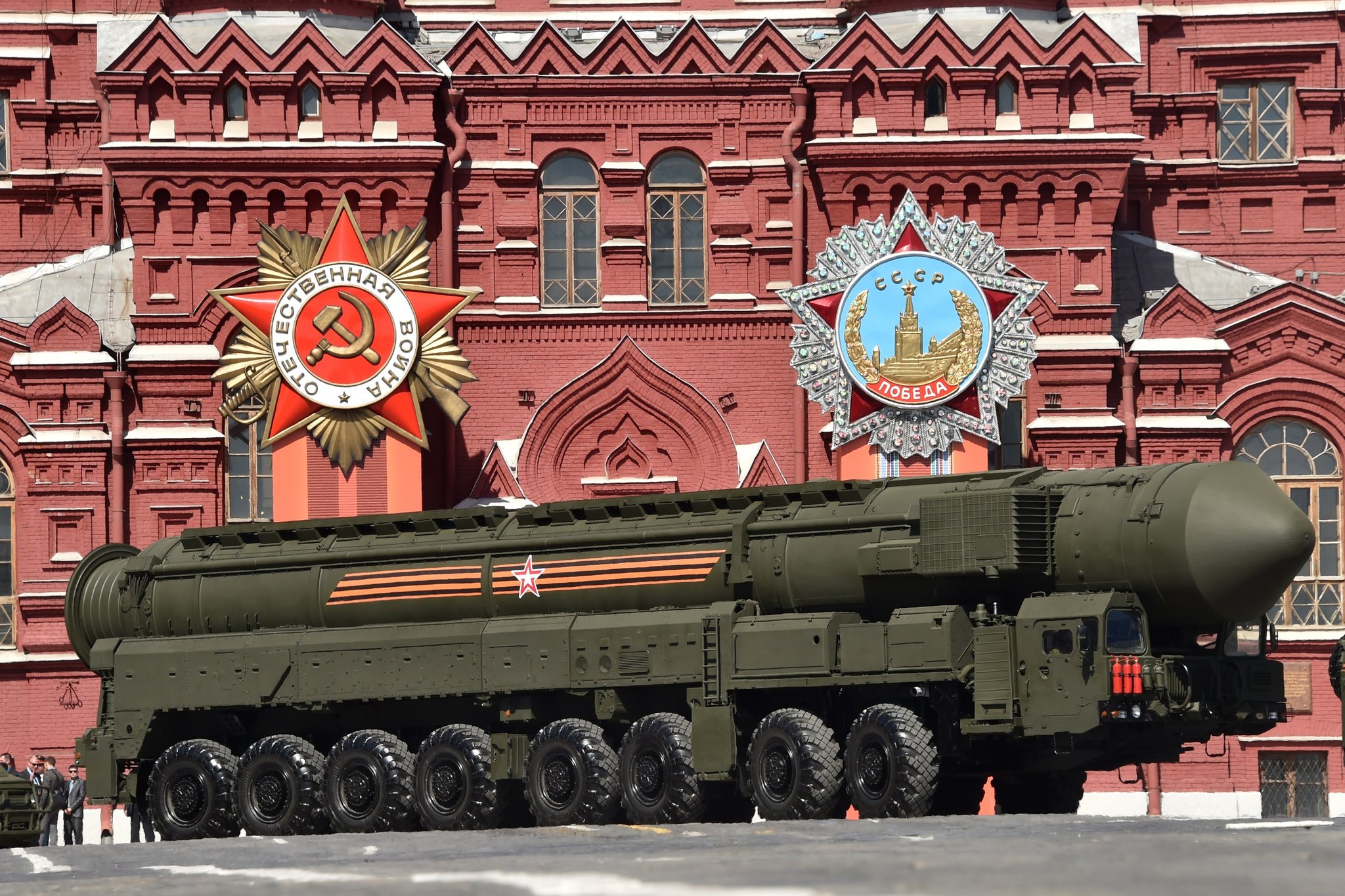U.S. puts troops and diplomats on the ground to enforce Gaza ceasefire

Washington moves from “broker” to “enforcer”
The United States is no longer just brokering the fragile Gaza ceasefire — it is now physically embedded in the enforcement of it. U.S. Secretary of State Marco Rubio visited a new U.S.-led coordination center in southern Israel that is overseeing how the truce is carried out and how aid and reconstruction are supposed to move into Gaza. The center includes roughly 200 U.S. military personnel alongside international staff from countries including Cyprus, Greece, France, Germany, Australia, and Canada. Washington is describing this as stabilization, not occupation. But the message is unmistakable: the U.S. is now the day-to-day manager of the pause in fighting, not just the political sponsor.
Rubio also said more American diplomats will be stationed to monitor compliance and verify that both sides are sticking to the U.S.-backed deal. The ceasefire framework — in effect since October 10 — calls for Hamas to hand over all living hostages, return the bodies of those killed, and halt rocket fire; in return, Israel pulls forces back from parts of Gaza, allows more humanitarian convoys, and stops large-scale bombing runs. Hamas has released all surviving hostages, according to U.S. officials, but has returned only part of the remains of those killed. Israel, meanwhile, is accused of continuing targeted strikes after one recent Hamas attack killed two Israeli soldiers. That incident rattled confidence and triggered what Israel called “retaliatory operations,” which Gaza officials described as renewed air attacks.
A ceasefire built on pressure
This truce is also colliding with politics inside Israel. A bloc of Israeli lawmakers is pushing to advance West Bank annexation measures, something President Donald Trump and Rubio have publicly rejected. Rubio warned that annexation moves would “endanger” the entire Gaza deal, signaling, in unusually blunt language, that the U.S. is prepared to withhold support if Israel tries to use the moment to permanently absorb occupied land. Trump himself has said he opposes unilateral annexation and called one recent legislative push a “stupid political stunt,” according to U.S. officials traveling with Rubio.
All of this underscores how high the stakes are for Washington. The U.S. is trying to prove it can deliver calm, secure the release of hostages’ remains, and start reconstruction in Gaza — without letting Hamas rearm and without letting Israel expand its footprint in the West Bank. Rubio said there is “no plan B.” The Biden-era model of long-distance diplomacy is gone. The Trump-era model is direct control on the ground: troops in the room, eyes on every truck. The gamble is that this will hold the ceasefire through winter and create space for a non-Hamas Palestinian governing structure in Gaza. The risk is that any renewed strike or political move in Israel or Gaza could snap the entire structure at once.





















